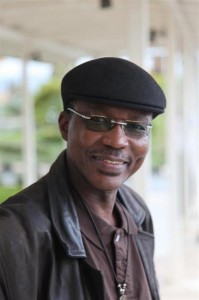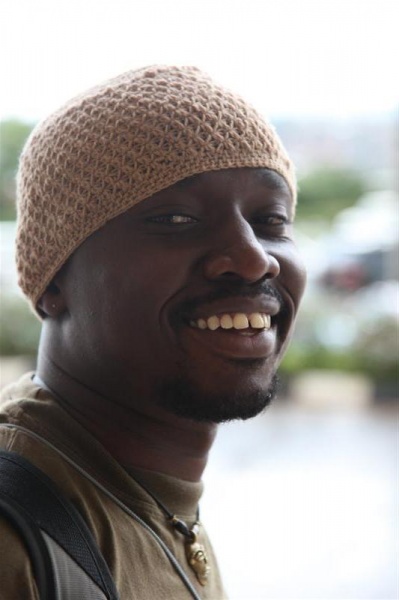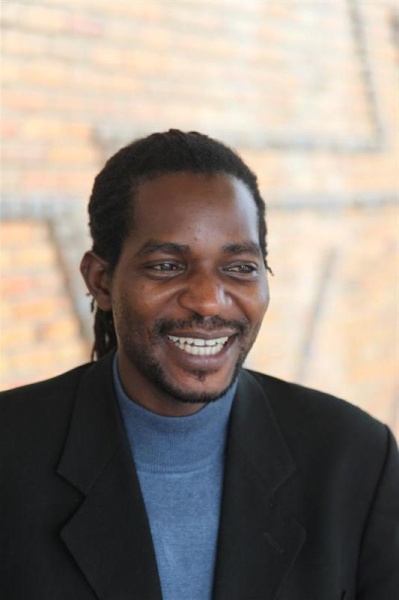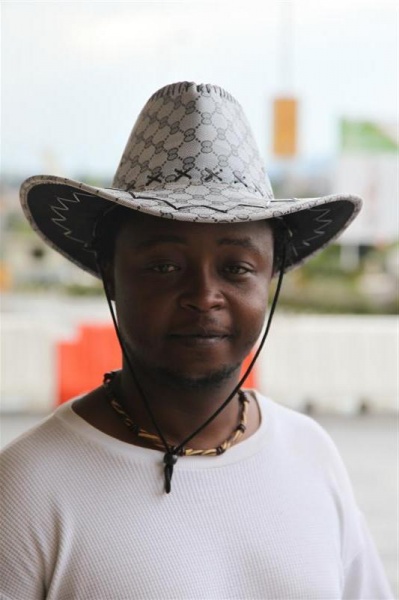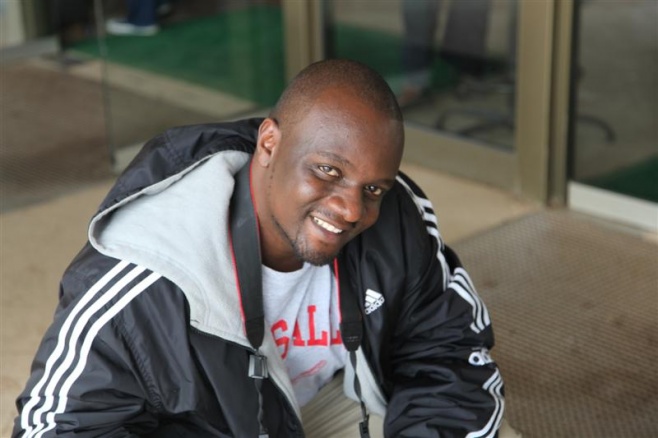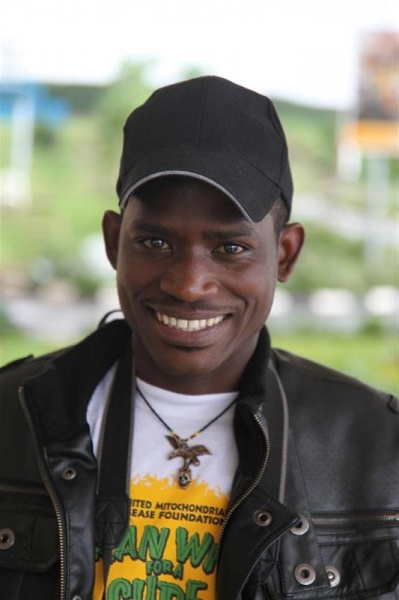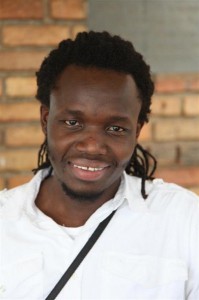DAYS 1/2: The Abubilla Music crew sets out to Nairobi to meet up with Tabu Osusa, Founder of Ketebul Music and co-partner of the Singing Wells Project and met the Ketebul team in the studios for a day .
Day 1: 11.11.19, Flight to Nairobi: Jimmy and Andy, Founder and Sound Engineer of Abubilla Music respectively, set out to Nairobi on Saturday for Nairobi. All good with flights, visas, bags and customs and we were greated by Tabu Osusa. Checked into Fairview, had the obligatory fries in a chip basket and crashed.
Day 2: 11.11.20 Day in Ketebul Studio: Jimmy and Andy meet the SWP team at Ketebul Studios to coordinate all the gear and prepare for our trip the next day and, importantly, to set out the 2012 Fund Raising Song, which will be a follow up to 71 Hours to Monday, which was our 2011 Funding Raising Song. Here’s a reminder of 71 Hours……
The 2012 fundraising song is a remix of an Abubilla Music track called The Only Things That’s Missing. Winyo and Bishop join us in the studio to begin laying down the track. Bishop is a great guitarist and bass player and put down great guitar and bass tracks to build on the new version of the song we originally prepared in Abubilla Music’s London Studio. Winyo then added a third verse, changing the song from a Londoner pining for Spain, to a Kenyan longing to return to Africa.
The full Singing Wells team was in the studio. It is worth re-introducing everyone again, as we will be discussing them throughout the trip:
From Ketebul Music
Tabu Osusa, Founder Steve, Project Manger Jesse, Chief Sound Engineer
Willie, Sound Engineer Patrick, Chief Video Engineer Nick, Trainee Engineer
From Abubilla Music
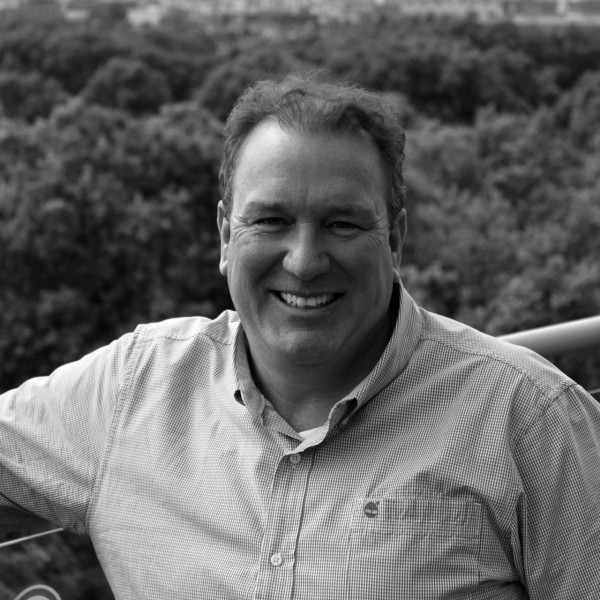
Jimmy Allen, Founder of Abubilla Music & Video Engineer for Singing Wells
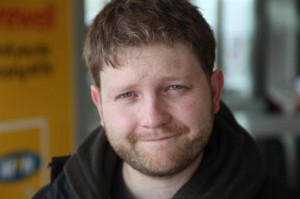
Andy, Chief Sound Engineer, Abubilla Music
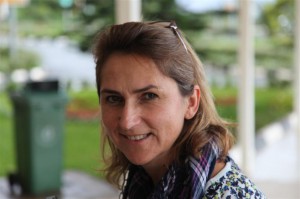
Vicki, Project Manager, Singing Wells
A note about the Singing Wells recording equipment:
Because the ultimate goal of the Singing Wells Project is to helpother groups set up to expand the recording of tribal music in East Africa, we also use these blogs to also document our ‘way of working.’
The Gear: Let’s summarise what a the Singing Wells Kit is for a location shoot. We bring 7 bags to a site (the picture shows most of it); these are:
-
- SW1 and SW2: These are identifical Pelicases with Apple Laptops, Motu Mixer, Hard Drive Back ups and Headphone Amps. With these, we can record 1 large session with 6-8 inputs, or two separate sessions with smaller groups.
- SW3 and AM2: These are two Pelicases, with Canon 5D, 7D and 60D camera/lenses and 12 32GB flash cards, plus multiple lenses to video the tribal dances. A major lesson from the March Pilot and Lake Turkana Cultural Festival was that we had under-estimated the video requirements for a shoot. In this round of fund raising, we purchased additional video recording equipment for the Singing Wells Project (SW3) and also brought Abubilla Music’s own video kit (AM2. For the record, AM1, is a similar remote recording kit).
- Mic Stands/Tripod. We have a big rolling bag for all mic stands, computer shades and microphones. This also carries the tripod for Roving Video 1.
- Cable Bag/Headphones: This is full of all the jacks, mic connects, headphone extenders. There’s a lot of cables.
- Mega Tripod: This is the bag for Pado’s pride and joy, the mega tripod for Stationary Camera 1.
Project Management: How do we now set ourselves up for audio-video recording on site? Again, based on lessons from both the March Pilot and Lake Turkana, here’s the set up:
-
-
Overall Project Manager: This is the person in charge of the site visit, who is accountable for making sure we have all output, but he or she also makes the call on what songs to perform and when to work on an ‘Influences’ session. The minimum output required from each village visit is:
- Audio and video recordings of at least 3 performances per tribal group (CD/DVD quality)
- Full interviews with tribal leader, group leader and key members of the community (on camera)
- Stills and video of the village and community
- One ‘Influences’ session. To remind, an ‘Influences’ session is when a Ketebul or Abubilla artist works directly with the local group on a song, either one he/she has been working on, or one inspired by the visit. This is extremely important to the Singing Wells philosophy – we are not simply trying to record/preserve the musical legacy of East Africa; we are trying to make it relevant to today’s artists. Our ‘Influences’ sessions seek to demonstrate the extraordinary power of this tribal music in relation to today’s music.
-
-
- Chief Sound Engineer: Commands the audio team and is in charge of input for all sessions and for completing all finished audio for that day.
- Assistant Engineer: In charge of set up/breakdown of set and assisting Chief Sound Engineer on day
- Trainee: Supports Assistant Engineer and takes tutorial from Chief Engineer during session.
- Chief Video Engineer: In charge of Stationary Camera and placement of Roving Camera 2
- Roving Camera 1: In charge of secondary shots of tribal dance.
- Roving Camera 2: In charge of ‘Making of’ video, plus all interviews, stills of village and logging of all performances (names, songs, background, performers)
Here’s a picture of what we look like ‘loaded up’:
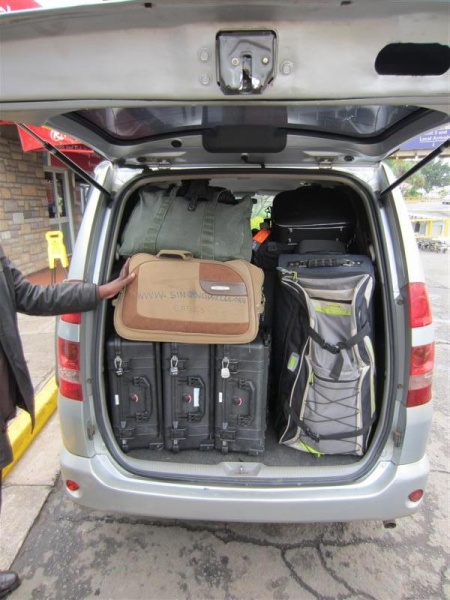
Pelicases bottom left (one behind), cable bag on top, mic stands on right. That’s all we need for full field recording
So, that’s the team and the kit. Tomorrow we head for Kisoro, Uganda.
The Singing Wells Team

